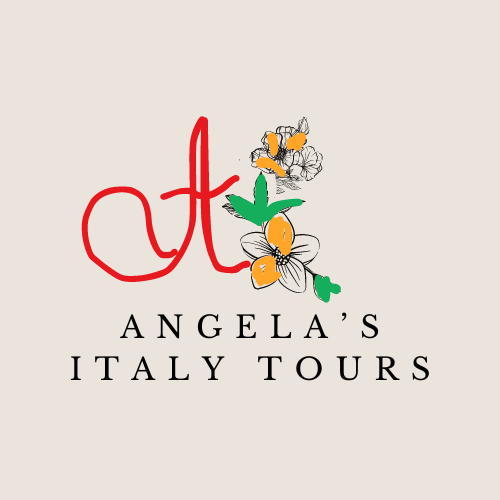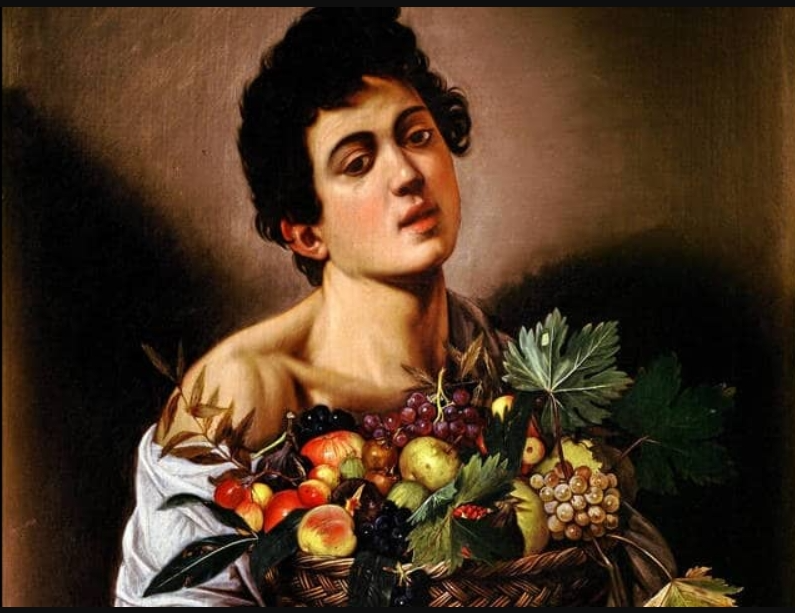
Explore Baroque masterpieces. Have you ever felt overwhelmed by the sheer number of artworks in Rome? With so many masterpieces to see, it’s easy to miss out on some of the most captivating pieces. This is especially true for Caravaggio’s paintings, which are scattered throughout the city. Many visitors struggle to find and fully appreciate these revolutionary works of art.
But what if you could experience Caravaggio’s Rome like never before? Imagine walking in the footsteps of this Baroque master, seeing his paintings in the very churches and galleries where they were meant to be displayed. Picture yourself standing before his dramatic canvases, marveling at the play of light and shadow that made Caravaggio famous.
In this guide, we’ll take you on a journey through Caravaggio’s Rome, exploring his most famous religious paintings and uncovering hidden gems along the way. We’ll delve into his innovative chiaroscuro technique and show you how to spot his influence in other Baroque masterpieces. By the end of this tour, you’ll have a deeper appreciation for Caravaggio’s art and a new perspective on Rome’s artistic treasures.
Caravaggio’s Dramatic Lighting: Mastering the Chiaroscuro Technique
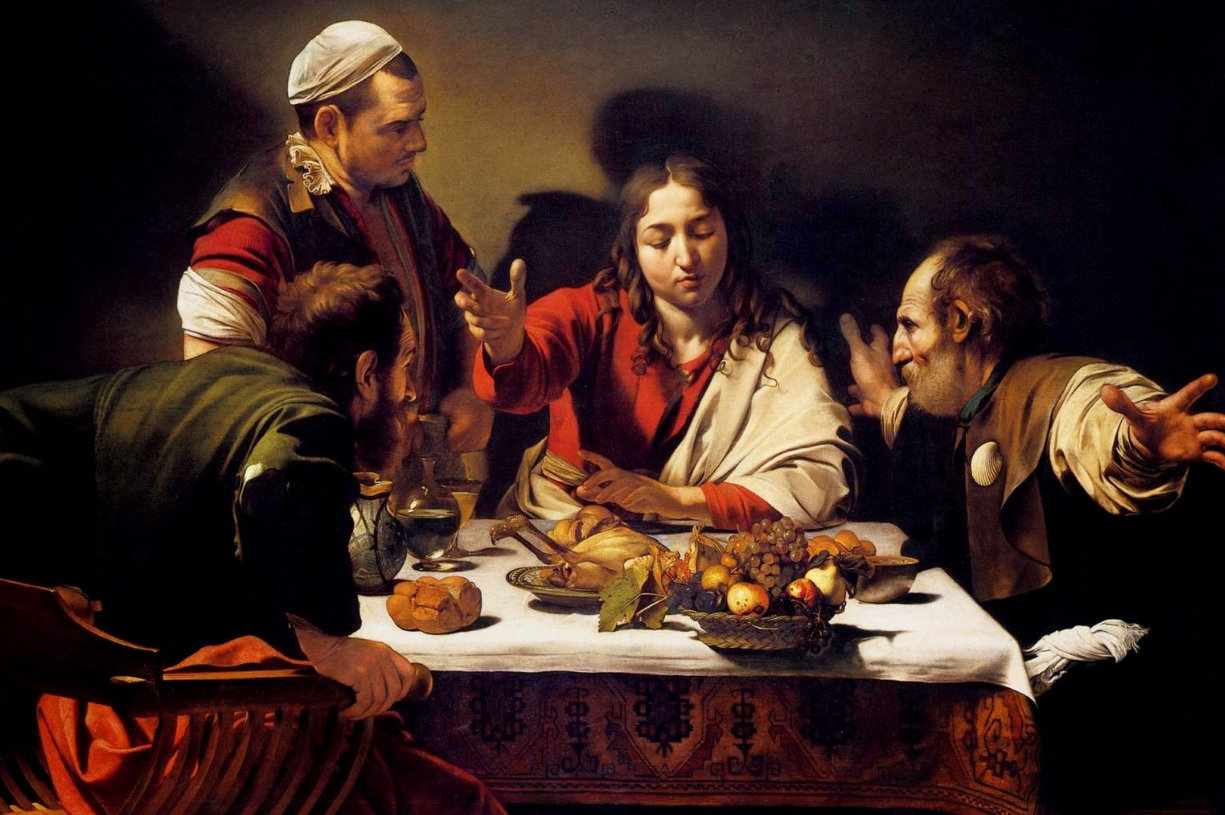
Caravaggio’s revolutionary use of light and shadow transformed the art world. His mastery of chiaroscuro, a technique that creates strong contrasts between light and dark, brought a new level of drama and realism to painting. Caravaggio’s approach was bold and innovative, using a single, powerful light source to create intense scenes that seemed to leap off the canvas.
The artist’s dramatic lighting did more than just make his paintings look striking. It allowed him to dive deep into the emotions and thoughts of his subjects. By carefully controlling where light fell and where shadows lurked, Caravaggio could guide viewers’ eyes to key parts of his paintings. This clever use of light and shadow helped tell stories and create moods in ways that had never been seen before.
Caravaggio’s lighting techniques were so powerful that they changed the course of art history. His approach was a big break from the evenly lit scenes that were common in Renaissance paintings. Instead, he used deep, dark shadows (a style called tenebrism) to create a sense of mystery and drama. This innovative way of painting inspired many other artists and continues to influence how we see and create art today.
Religious Masterpieces: A Journey Through Roman Churches
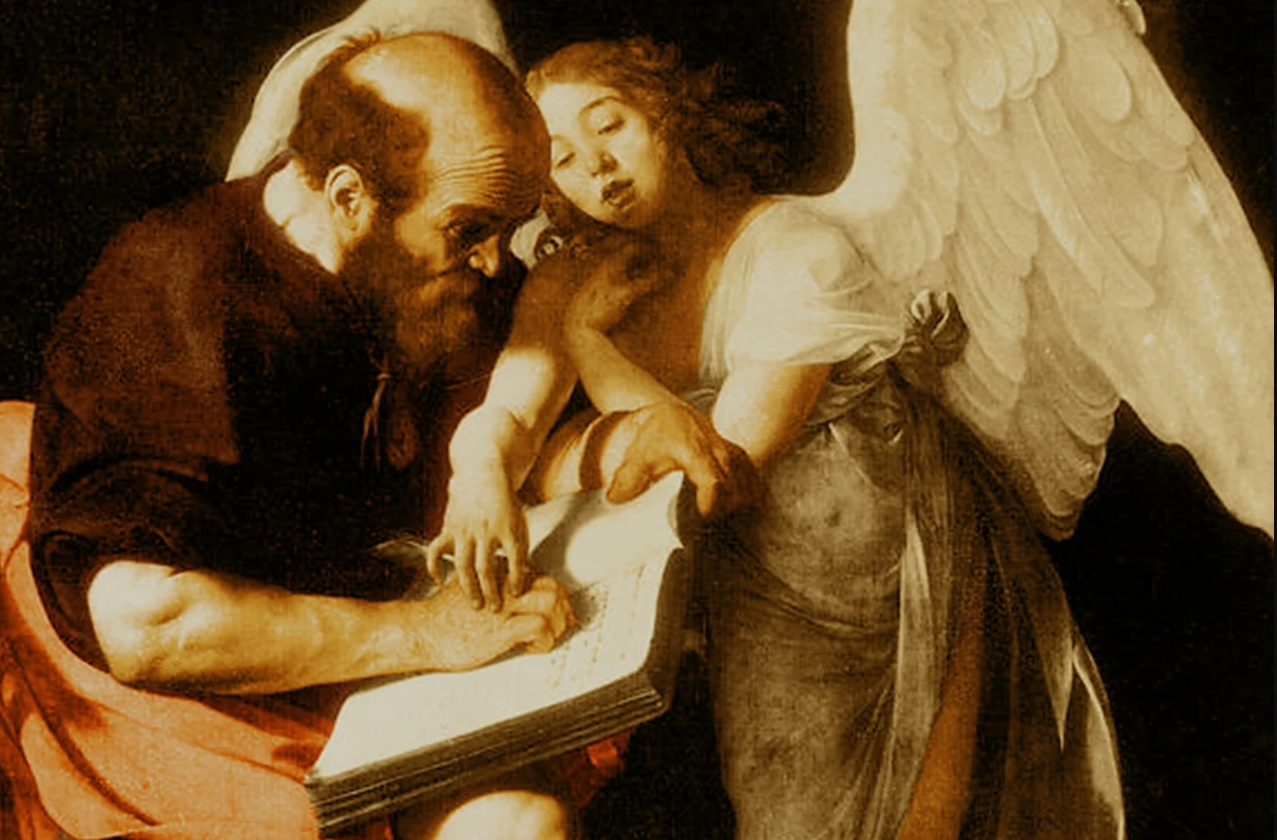
Rome’s churches are home to some of Caravaggio’s most famous religious paintings. These artworks offer a unique chance to see his revolutionary style in the very places they were meant to be displayed. In San Luigi dei Francesi, you can find three stunning paintings of Saint Matthew in the Contarelli Chapel. These works, including “The Calling of Saint Matthew,” made Caravaggio the talk of Rome when they were first unveiled.
Another must-visit spot is Santa Maria del Popolo, where the Cerasi Chapel houses two more Caravaggio masterpieces. “The Crucifixion of Saint Peter” and “The Conversion of Saint Paul” showcase the artist’s skill in using light to highlight key moments in religious stories. Don’t miss the Sant’Agostino church, where you can see the “Madonna di Loreto,” a painting that caused quite a stir for its down-to-earth depiction of the Virgin Mary. Beyond the churches, the private Villa Aurora holds a rare Caravaggio ceiling painting that few get to see, while the Doria Pamphilj Gallery showcases two more masterpieces: “Penitent Magdalene” and “Rest on the Flight into Egypt.”
Caravaggio’s religious paintings were groundbreaking for their time. He painted holy figures as real people, often using everyday folks as models. This approach, combined with his dramatic use of light and shadow, created powerful and emotional scenes. While some found his style too bold, it forever changed how religious art was created. These Roman churches offer a free and accessible way to experience Caravaggio’s genius firsthand.
The Galleria Borghese: A Treasure Trove of Caravaggio’s Art
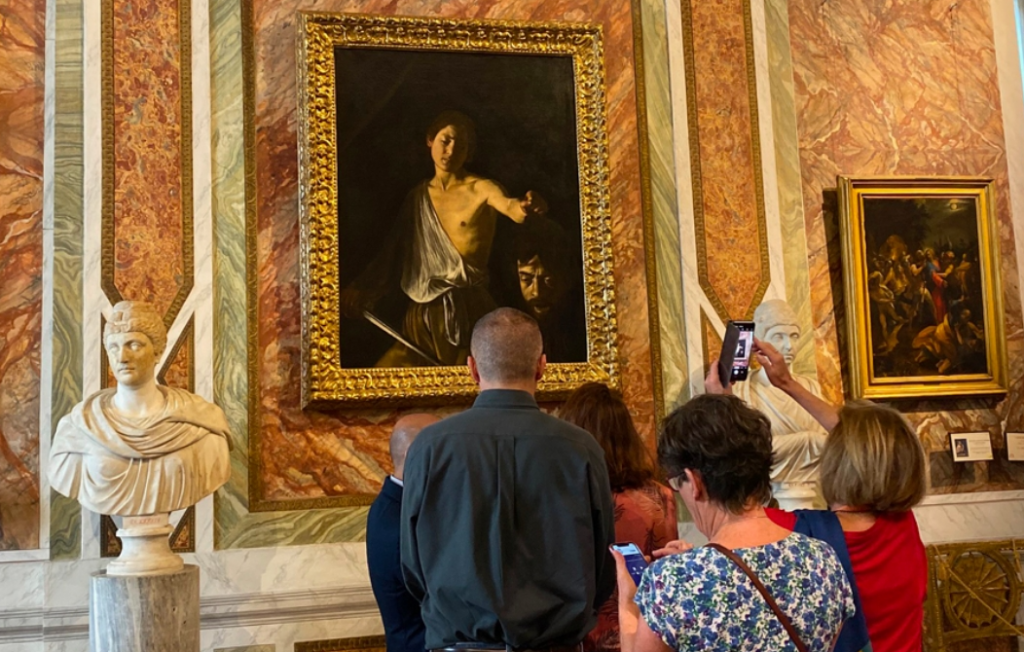
The Galleria Borghese is a must-visit for any Caravaggio fan. This beautiful museum houses six of his paintings, spanning his entire career. From early works like “Boy with a Basket of Fruit” to later masterpieces like “David with the Head of Goliath,” you can see how Caravaggio’s style evolved over time.
Each painting in the collection shows off Caravaggio’s unique talents. “Sick Bacchus” is thought to be a self-portrait, while “Madonna and Child with St. Anne” stirred up controversy with its realistic portrayal of religious figures. The famous “David with the Head of Goliath” is particularly powerful, as Caravaggio painted himself as the defeated giant.
Visiting the Galleria Borghese is a special experience. The museum limits the number of visitors, so you can enjoy the art without crowds. The beautiful gardens around the gallery add to the atmosphere. Remember to book your tickets in advance, as this popular spot fills up quickly. It’s a rare chance to see so many of Caravaggio’s works in one place, alongside other Renaissance and Baroque masterpieces.
Caravaggio’s Influence on Baroque Art and Beyond
Caravaggio wasn’t just another painter – he was a true revolutionary who changed art forever. His biggest innovation was the way he used light and shadow, creating dramatic scenes where bright figures emerged from dark backgrounds. This technique, called tenebrism, became his trademark and influenced countless artists who came after him.
Unlike other painters of his time who made their subjects look perfect and idealized, Caravaggio preferred to show people as they really were, flaws and all. He even used regular people from the streets as models for his religious paintings, which was quite shocking back then. His approach to painting quickly caught on, and soon young artists all over Rome were trying to copy his style. These followers became known as the Caravaggisti, and they helped spread his influence throughout Europe. What made his work especially powerful was how he captured intense moments and emotions, making viewers feel like they were right there in the scene.
This dramatic style didn’t just influence other painters – even modern movie directors like Martin Scorsese have drawn inspiration from Caravaggio’s use of lighting and composition. Today, people are still fascinated by both his artwork and his rebellious personality, proving that his impact on art has lasted for over 400 years.
The Enduring Impact of Caravaggio’s Roman Period
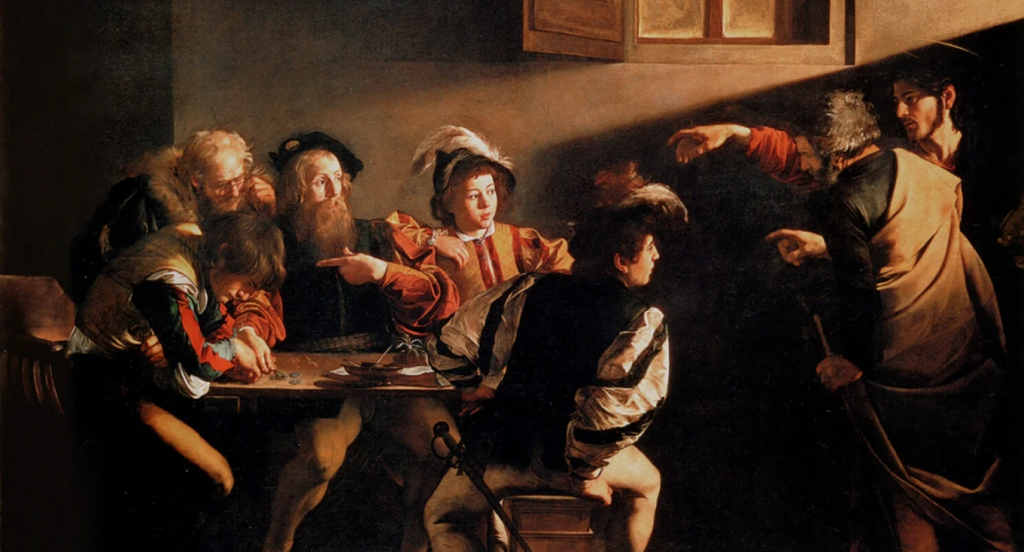
Caravaggio’s time in Rome, from 1592 to 1606, was a pivotal period that revolutionized Western art and left an indelible mark on the Baroque movement. His innovative techniques and unique artistic vision during this time continue to influence artists and captivate audiences to this day.
Artistic Innovations
Chiaroscuro and Tenebrism
Caravaggio perfected the use of chiaroscuro, a technique employing strong contrasts between light and dark. He took this further with tenebrism, using dramatic, often theatrical lighting to create intense emotional and psychological effects. This approach brought a new level of drama and realism to his paintings, setting them apart from the idealized styles of his contemporaries.
Naturalism and Realism
During his Roman period, Caravaggio developed a groundbreaking naturalistic style. He painted religious figures as ordinary people, often using live models and contemporary dress. This approach brought sacred stories into the present, making them more relatable and immediate for viewers.
Notable Works
Contarelli Chapel Paintings
Caravaggio’s works for the Contarelli Chapel in San Luigi dei Francesi, including “The Calling of Saint Matthew,” marked a turning point in his career and in art history. These paintings showcased his mastery of chiaroscuro and his ability to infuse religious scenes with unprecedented realism and emotional intensity.
Religious Commissions
Other significant works from this period include:
– “The Conversion of Saint Paul” (1601)
– “The Crucifixion of Saint Peter” (1601)
These paintings, housed in Santa Maria del Popolo, demonstrate Caravaggio’s ability to create dynamic compositions with dramatic lighting, further cementing his reputation.
Influence on Contemporary and Future Artists
Caravaggio’s Roman period had an immediate and lasting impact on the art world:
Caravaggisti
A group of followers known as the Caravaggisti emerged, adopting his techniques and style. This school of painting spread throughout Europe, particularly in the Netherlands, Spain, and Naples.
Baroque Movement
Caravaggio’s work was instrumental in the development of Baroque painting. His dramatic use of light and shadow, along with his focus on realism and emotional intensity, became hallmarks of the Baroque style.
Long-term Influence
Caravaggio’s influence extended far beyond his contemporaries. His work inspired later artists such as:
– Peter Paul Rubens
– Rembrandt
– Jusepe de Ribera
These artists and many others drew from Caravaggio’s techniques, particularly his use of chiaroscuro and naturalism.
Controversy and Legacy
Caravaggio’s work was often controversial during his lifetime. His realistic depictions of religious figures and use of ordinary people as models challenged the artistic and religious norms of the time[1]. Despite this, or perhaps because of it, his impact on art history has been profound and enduring.
Caravaggio’s Roman period represents a pivotal moment in Western art. His innovative techniques, dramatic style, and unflinching realism challenged conventions and opened new possibilities for artistic expression. The legacy of this period continues to resonate in the art world, cementing Caravaggio’s place as one of the most influential painters in history.
To truly appreciate the beauty and impact of Caravaggio’s art, it’s important to explore the places where his masterpieces are displayed. By visiting these locations, you can see firsthand how his innovative use of light and shadow changed the art world. Whether you’re a seasoned art lover or new to Caravaggio’s work, these strategies will help you gain a deeper understanding and appreciation of his genius. If you would like more information or have any questions, feel free to contact me at angela@angelatourism.com.
FAQs
1. What makes Caravaggio’s paintings unique?
Caravaggio’s paintings are known for their dramatic use of light and shadow, a technique called chiaroscuro, which creates intense contrasts that bring his scenes to life.
2. Where can I see Caravaggio’s works in Rome?
You can find Caravaggio’s works in various churches and galleries across Rome, including San Luigi dei Francesi, Santa Maria del Popolo, and the Galleria Borghese.
3. Why is the Galleria Borghese significant for Caravaggio fans?
The Galleria Borghese houses six of Caravaggio’s paintings, offering a comprehensive view of his artistic evolution from early works to later masterpieces.
4. What is tenebrism, and how did Caravaggio use it?
Tenebrism is an extreme form of chiaroscuro used by Caravaggio to create dramatic lighting effects that highlight key elements in his paintings.
5. How did Caravaggio influence other artists?
Caravaggio’s realistic depictions and dramatic lighting inspired a group of followers called the Caravaggisti and influenced Baroque artists like Rubens and Rembrandt.
6. Can I see Caravaggio’s work in less crowded places?
Yes, some of Caravaggio’s masterpieces are located in quieter churches like Sant’Agostino and private galleries such as Villa Aurora.
7. What are some must-see Caravaggio paintings in Rome?
Must-see paintings include “The Calling of Saint Matthew” at San Luigi dei Francesi and “The Crucifixion of Saint Peter” at Santa Maria del Popolo.
8. How did Caravaggio portray religious figures differently?
Caravaggio depicted religious figures as real people with flaws, often using ordinary people as models, which was revolutionary at the time.
9. What is the significance of the Contarelli Chapel for Caravaggio?
The Contarelli Chapel houses three major works by Caravaggio that marked a turning point in his career with their innovative use of light and realism.
10. How can I enhance my visit to see Caravaggio’s art in Rome?
Consider taking a walking tour focused on Caravaggio’s life and works to gain insights into his artistic techniques and historical context.

I am a luxury travel specialist curating bespoke experiences in Italy. I have an extensive destination knowledge to help my clients achieve their travel dreams. Our services include: private leisure holidays, business arrangements. We have a wide variety of venues for celebrating birthdays, weddings, business meetings, corporate events. Visit our website to see all our exclusive luxury hotels/villas/resorts you can choose from. Based in UK, London. Visit Angela’s Luxury Tours To Italy
